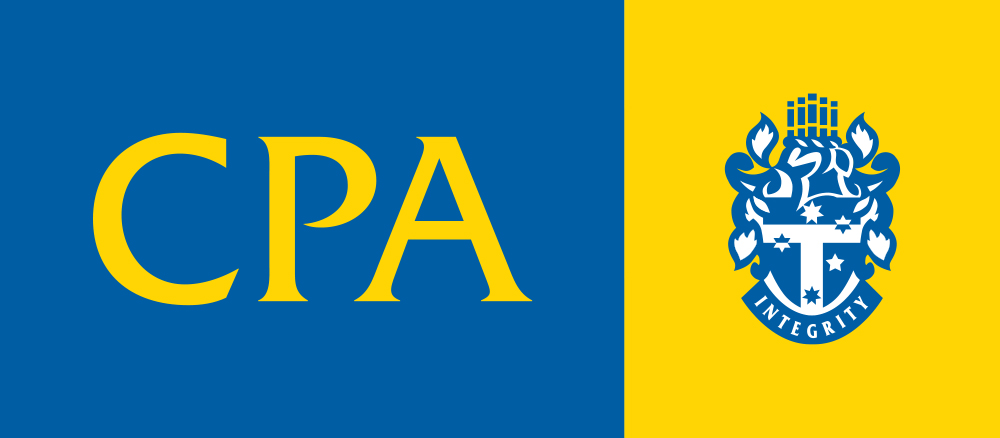From 1 July 2021, the maximum number of members a Self Managed Super Fund can have increased from four to six. Why would you have a fund with six members and what are the implications?
Recently enacted laws increased the maximum number of allowable members in an SMSF and small APRA fund from four to six.
Currently, over 70% of SMSFs have just two members and those with four members represent only 4% of the SMSF population. The use of six member funds is likely to be small but adds additional choice and flexibility.
Family groups
Six member funds provide family groups with a vehicle for controlling superannuation savings and investment strategies. For families with more than four members, previously the only real option was to create two SMSFs (incurring extra costs) or place their superannuation in a large fund.
A larger fund also offers a level of protection if a fund member is travelling overseas for a prolonged period of time. The residency rules require, amongst other things, 50% of members measured by market value to be in Australia.
Estate planning
Estate planning is a benefit of the new laws particularly tax-effective intergenerational wealth transfer as the assets of a fund generally are not part of the estate. Take the example of a family business that holds the commercial property of the business in their family SMSF. If the parents die, the children might keep running the business and maintain the commercial property within the SMSF as an asset. Holding assets within the SMSF also provides a level of asst protection from creditors.
The problem areas
- Investment decisions within a fund - Problems can occur when members have different investment needs, for example parents might be closer to retirement while the children are focussed on the longer term. The investment strategy of the fund may not meet everyone’s requirements.
- Disputes – the more members in a fund the greater the potential for disputes. For those with legal capacity to be a trustee (18 or over), the rules relating to the appointment and dismissal of trustees, voting rights and meetings need to be clear.
- What happens when a member dies – steps need to be taken to ensure that when a member of the fund dies, their wishes are respected. For example, appointing a legal personal representative as trustee, reversionary pensions or binding death nominations.
Who cannot have a six member fund?
Not all SMSFs will have the option to allow six members because in some instances, the number of individual trustees that a trust can have is limited to less than five or six trustees by State legislation (Queensland for example). In these cases, fund members might opt to use a corporate trustee.
Administrative impact on an SMSF
The change from four to six members updates the definition of an SMSF, and as a result, has a practical impacts across other Acts and Regulations.
Sign-off requirements for an SMSF’s accounts and financial statements will change. Currently, if an SMSF has more than one director member, its accounts and statements must be signed by at least two members in their capacity as individual trustee or as a director of a corporate trustee. As there cannot be more than four members of an SMSF under the current rules, these requirements ensure that all members sign the accounts and statements of SMSFs with one or two members. For SMSFs with three or four members, at least half of the members must sign its accounts and statements for an income year. Under the updated requirements, an SMSF with one or two directors or individual trustees must have its accounts and statements signed by all of those directors or trustees. For all other SMSFs (that is, those with between three and six directors or trustees), the accounts and statements of the SMSF must be signed by at least half of the directors or individual trustees.








.png)